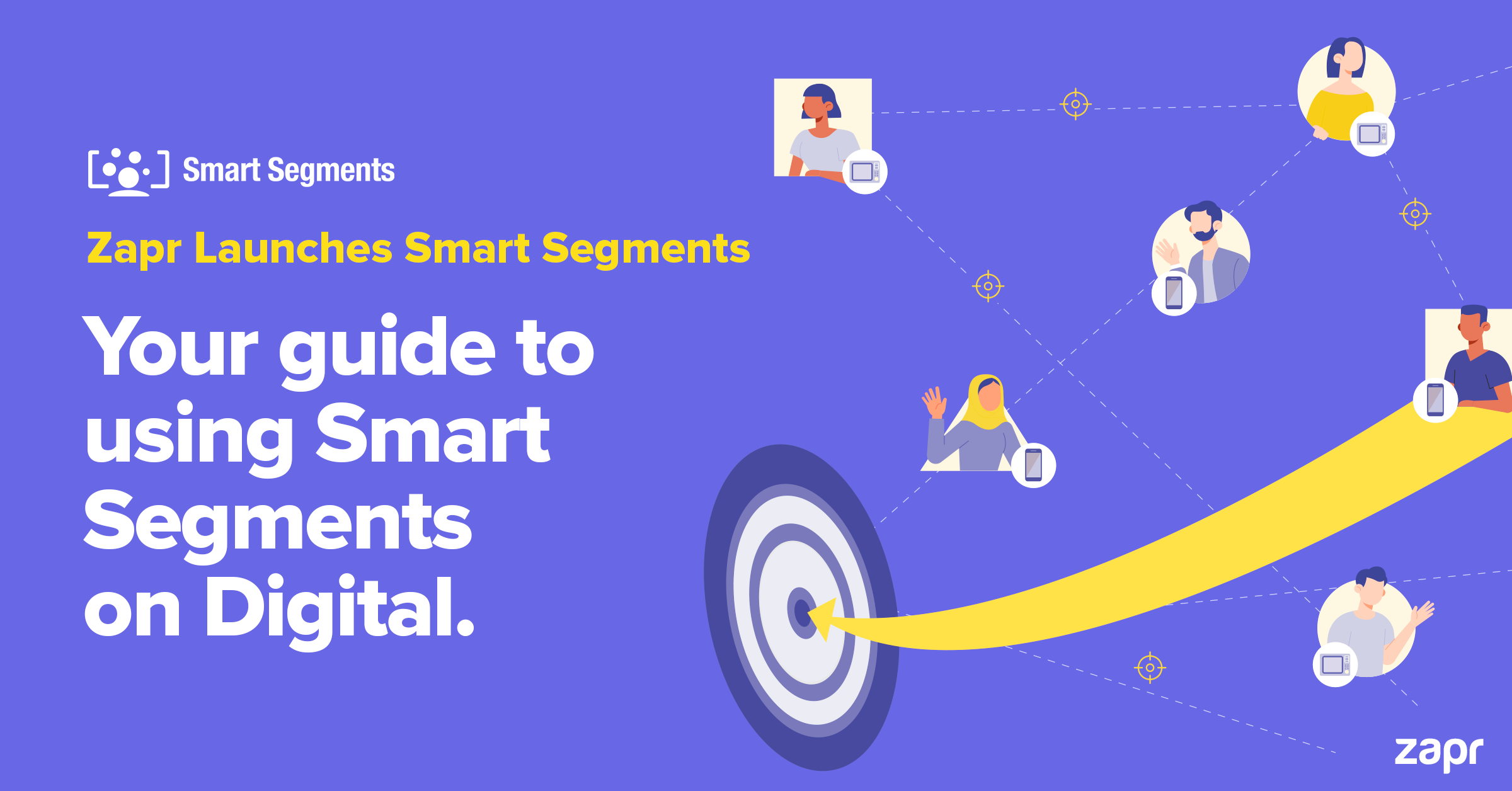Data is without doubt the currency which drives audience engagement on any platform.
Whether you’re trying to reach TV audiences on digital or specific vernacular audiences living in any part of the country, deterministic media consumption data is what drives all spends.
At Zapr Media Labs, we’ve built India’s largest data repository for media consumption where audiences are profiled based on both their offline (TV) and online media viewership. As a cutting-edge media tech company, we have developed deep AI-based capabilities for content detection and user profiling, which makes our audience segmentation truly unique and unparalleled.
Zapr’s unique data has provided invaluable audience insights to over 300 brands, helping them smartly segment and engage India’s massive TV + digital population based on their media consumption behavior.
These comprehensive audience profiles are now available on Data Management Platforms (DMP), where marketers can seamlessly find and use them to fulfill digital targeting objectives.
WHAT ARE SMART SEGMENTS?
Zapr Smart Segments are exclusive media consumption based audiences* now easily accessible for digital advertising through data management platforms (DMP) like Lotame.
*Media consumption is detected using ACR technology and proprietary fingerprinting algorithms.
In the DMP ecosystem, Zapr’s segments are exclusive because of our unique audience profiling technology.
BENEFITS or ‘USES’ OF SMART SEGMENTS:
- UNIQUE
Audience data based on deterministic media consumption.
Our audience data is created using media as a lens. This method makes us the only player in India to provide TV-based audience segments accurately at a massive scale.
- SCALE
Largest data provider on DMP.
Our audience base consists of 175+ Mn profiled users consuming content across TV, Digital and Cinema. This large scale can help you comprehensively achieve branding objectives along with sharp targeting.
- EASY
Plug-n-play feature for easy campaign execution.
We provide always-on segments as well as custom segments. You can simply choose them through DMPs and use them for your everyday digital campaigns.
- SMARTER
Smarter planning for all your digital campaign needs.
Our smart segments add intelligence to your digital plans and help you spend smartly. The result is accurate targeting which leads to better ROIs.
HOW TO EFFECTIVELY USE ZAPR SMART SEGMENTS
1. Use TV intelligence to run efficient and effective digital campaigns while your TV campaign is on-air, and achieve overall branding objectives comprehensively across platforms.
2. Utilize strong media-driven profiles to sharpen audience targeting for all your digital campaigns: move beyond static demographic filters and use richer, dynamic segments.
First, let’s look at how Smart Segments can be used for digital alongside TV campaigns.
Due to the lack of TV ad exposure data for large-scale audiences, current digital plans lack efficiency in achieving brand objectives in a way that is well integrated with TV campaigns. Most of the digital targeting capabilities out there cannot sufficiently address the gaps in exposure in a cost-effective way, across audience segments.
This challenge can be resolved using advanced TV viewership intelligence, via smart segments:
(1) CORD CUTTERS.png) A cord cutter is someone who does not watch TV and prefers to use digital mediums for content consumption.
A cord cutter is someone who does not watch TV and prefers to use digital mediums for content consumption.
Cord cutters constitute 20 - 30% of the entire smartphone universe who cannot be reached by a brand’s TV campaigns. Owing to the growth of OTT platforms and recent TRAI implementations, many have cut off TV consumption or reduced it to a large extent.
While there are many data providers who try and define the cord cutter segment using online behaviour proxies, Zapr is the only platform that can truly identify cord cutters by tracking TV inactiveness of an individual over a long period of time.
The objective of engaging this segment is to drive unduplicated reach and build awareness among new, unexposed audiences.
Using this deterministic targeting, digital marketers can reach people who are not going to watch TV ads, and hence need more frequencies than the average digital campaign to build optimal levels of awareness.
(2) CORD SHAVERS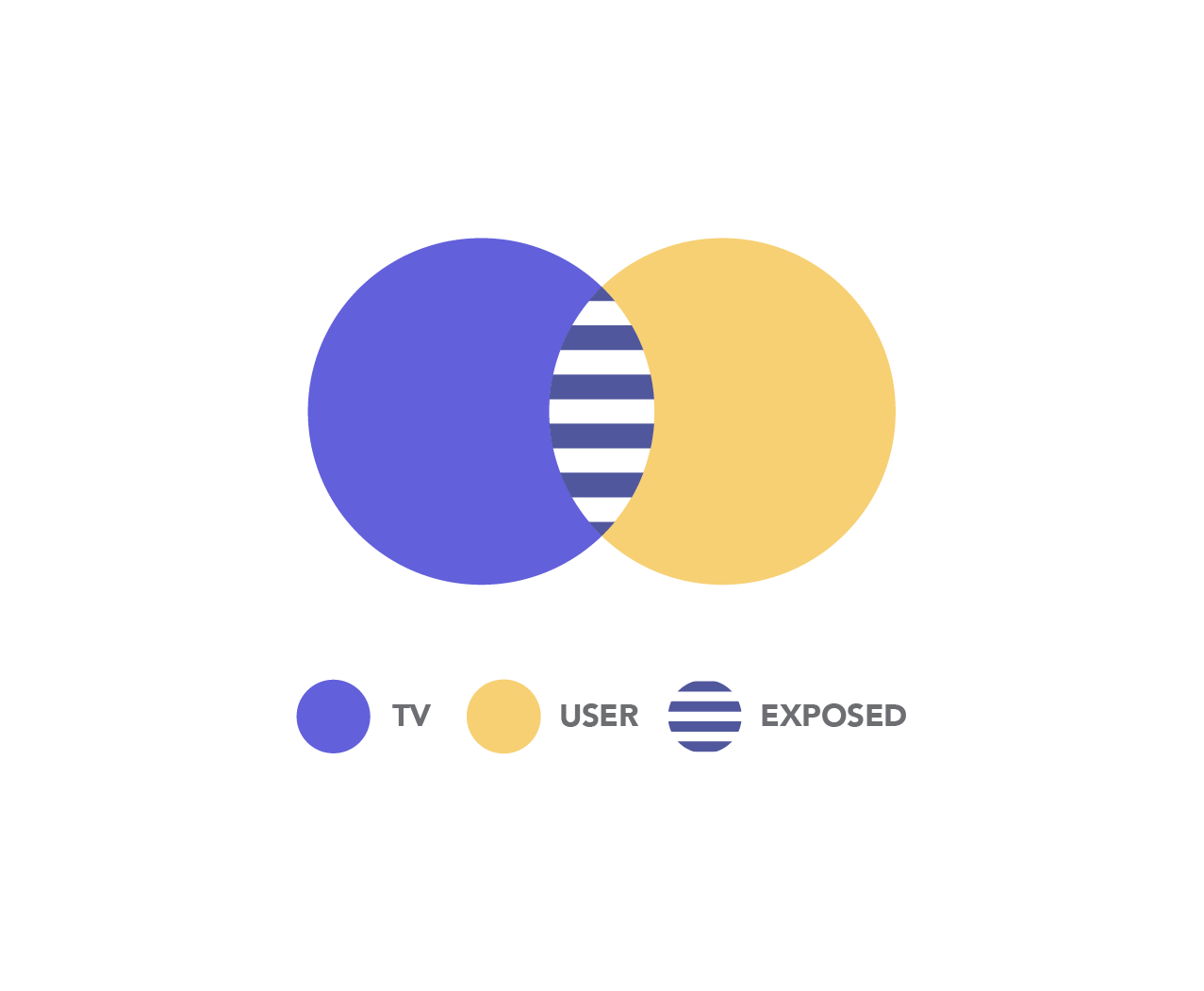
A cord shaver is someone who has considerably reduced their TV viewership and would be sub-optimally exposed to TV campaigns.
Cord shavers constitute 35% to 45% of the TV viewing universe. They need to be shown more ads at higher frequency to reach optimal levels of exposure that lead to significant brand lift.
The objective of targeting this segment is to bridge the branding gap for underexposed audiences and maximize brand footprint. The goals are to increase awareness and slowly push them towards more “action” by building enough frequency of exposure.
For example, a brand which ran a TV campaign can find those who watched it very few times, and continue to engage them on digital. Additionally, this allows two-way engagement and lead generation among target audiences.
(3) CORD LOVERS.png)
A cord lover is someone who consumes TV heavily and would be optimally exposed to your TV brand campaigns and are “ripe for action”.
Brands have the potential to drive action among 30% of the entire TV audience base which belong to this section.
For example, a brand which has spent hugely on TV can identify those who have watched their ads more than 5 times, and digitally engage them with action oriented ads. This way, they can leverage top-of-mind recall to achieve brand ROIs and lead people closer to the point of sale. Additionally, Zapr’s deterministic segments would help the brands to maximize this action with minimal nudge, i.e., minimal additional frequency beyond TV.
The objective is to drive cord lovers from “awareness” to “actionable” by building higher frequency on top of TV, via mobile engagement. This ensures that a brand’s TV spends are leveraged to the maximum potential of getting actionable results from exposed audiences.
(4) CORD FAKERS.png)
Cord fakers are “distracted audiences” who pay very little or no attention to what’s happening on the TV screen, and divide screen time between TV and their mobile phones.
In other words, they’re “faking” TV viewership because although they are exposed to TV, they aren’t really consuming the content. GRPs cannot justify the impact of content on this segment.
Cord fakers constitute a sizable chunk of more than 35% of the TV universe. Since they are split between TV and digital, they are inattentive to TV campaigns and require more targeted engagement on digital.
By effectively reaching out to cord fakers on their mobiles instead, brands can grab eyeballs for their campaign ads. This ensures that they plug the gaps which traditional TV measurement systems can’t detect.
Now, let’s look at how Zapr’s unique and strong media-driven profiles can be utilized for sharper digital targeting
In a single day, we spend more than 4.5 hours of our awake time consuming media such as news, movies and TV shows across multiple platforms. What and how we consume reveal a great deal about what we do on a daily basis, how we think and behave. Hence media consumption can be a highly accurate proxy to determine personas or characters.
Based on this strong correlation between media consumption and personas, we’ve developed advanced audience segments that are more behaviour focused, instead of just relying on demographic and geographic assumptions.
Using media consumption as a powerful lens for smart segmentation of audiences, we can help you reach the following segments:
(1) Competition Influenced Audience
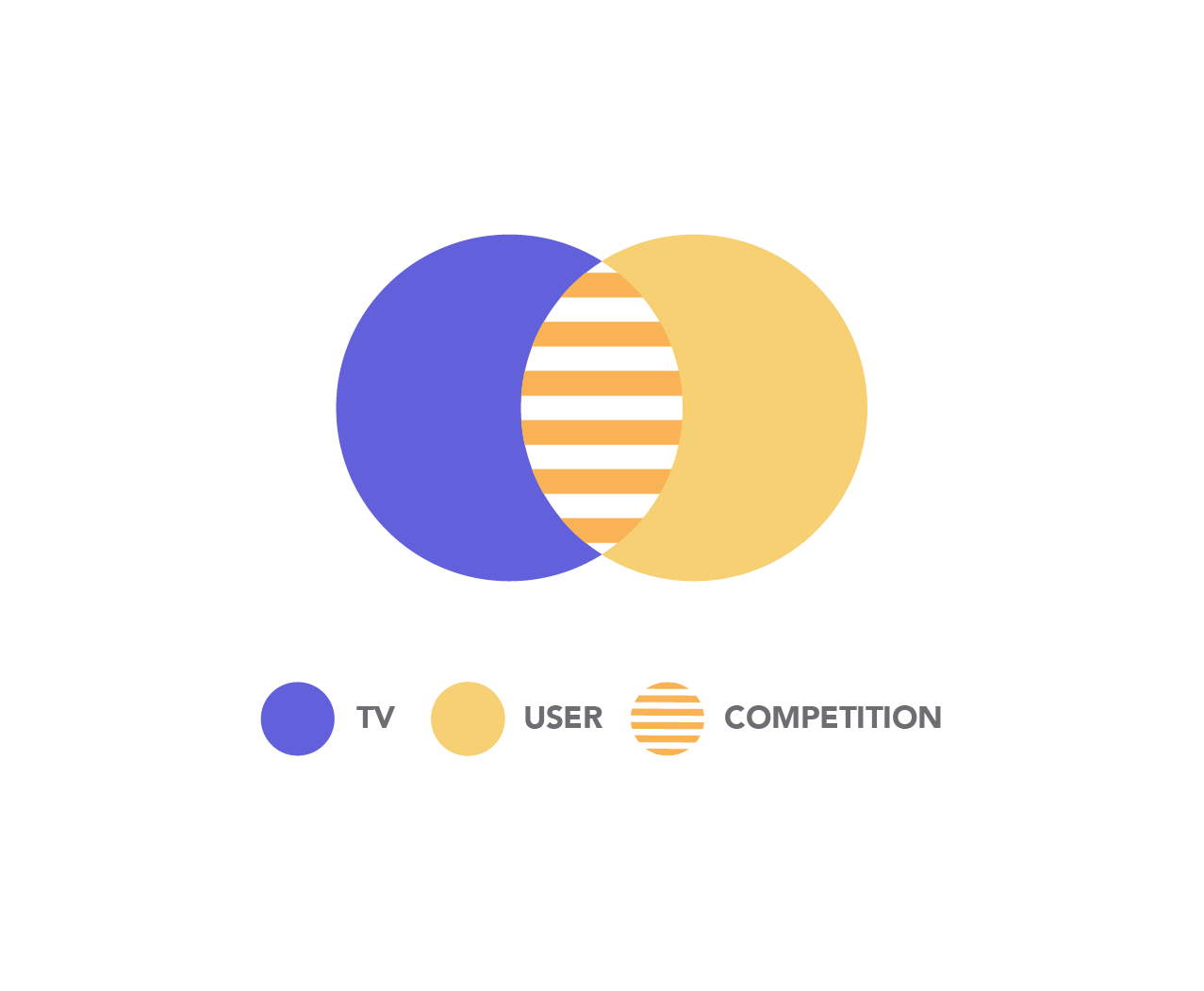
Your target audiences are constantly caught in a storm of brand messages, and the strongest ones on their minds could be your biggest competitors. Everyone in your category is trying to gain more share of voice with the same set of audiences. This causes a lot of clutter which hinders you from standing out among your audiences.
Whether you’re running a TV campaign or not, it’s important to reach the same exposed audiences in an uncluttered environment where you can emerge as the hero brand.
(2) Parents with Young Kids

Parents with young kids are an important segment for many top categories. However, they have remained a niche segment who are extremely difficult to identify and target effectively.
So far, the industry has used age and demographic filters to define this segment, but that’s not sufficient.
Zapr adds more intelligence to this segment by profiling viewership of kids channels such as Nickelodeon, Cartoon Network, etc. Our TV viewership intelligence combined with age and demographic filters can give an advanced accuracy to this segment. For example, we can additionally define female audiences between the ages 20 - 35 and create more impact among this segment.
(3) Affluent Audience
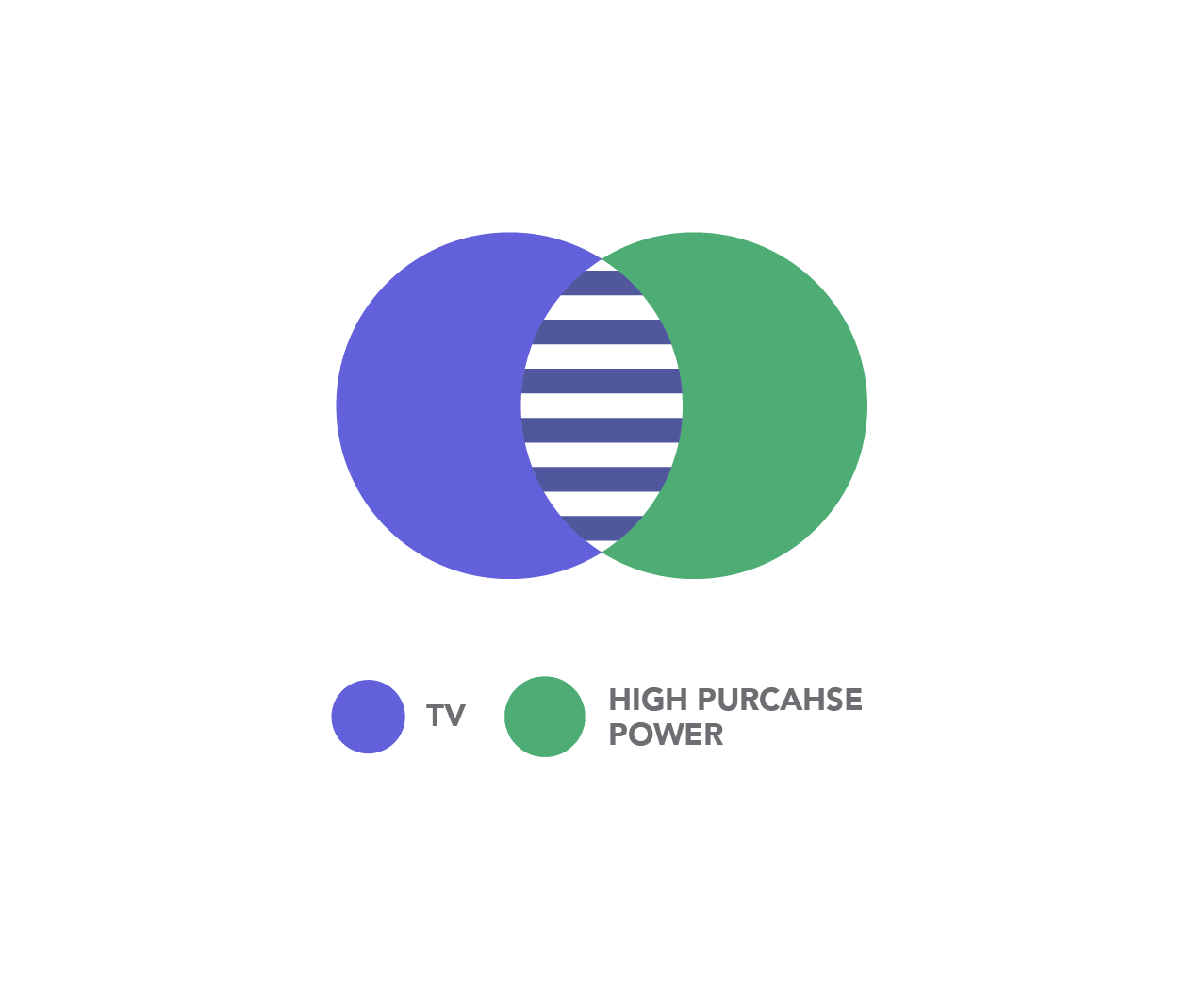
These are “high end” audiences who have greater spending power compared to others, and are also highly involved with the content they watch on TV. Since 24% of affluent audiences contribute to 48% of total product consumption, it is important to effectively engage them to ensure high brand consideration and purchase intent.
We’ve developed three parameters to identify affluent audiences:

These affluent audiences are high-end smartphone users of devices which cost 35k and above. Additionally, they are viewers of English TV content which are highly exclusive since only 15% watch Hindi channels and are extremely difficult to reach outside of these channels. And thirdly, they watch lifestyle and premium sports channels, which include HD channel viewers. These audiences have disposable income that is 3x higher than SD subscribers, while ~60% of HD subscribers reside in India’s top 10 cities.
Research by The Global Web Index shows that for affluent consumers, mobile is now the device of choice when it comes to online purchasing with 65% using a mobile to purchase a product online in a single month. Hence mobile engagement via DMP is vital in influencing brand consumption among TGs, not just for premium products but for all the products since purchase volumes are strongly driven by higher-end audiences.
(4) Digital First Audience
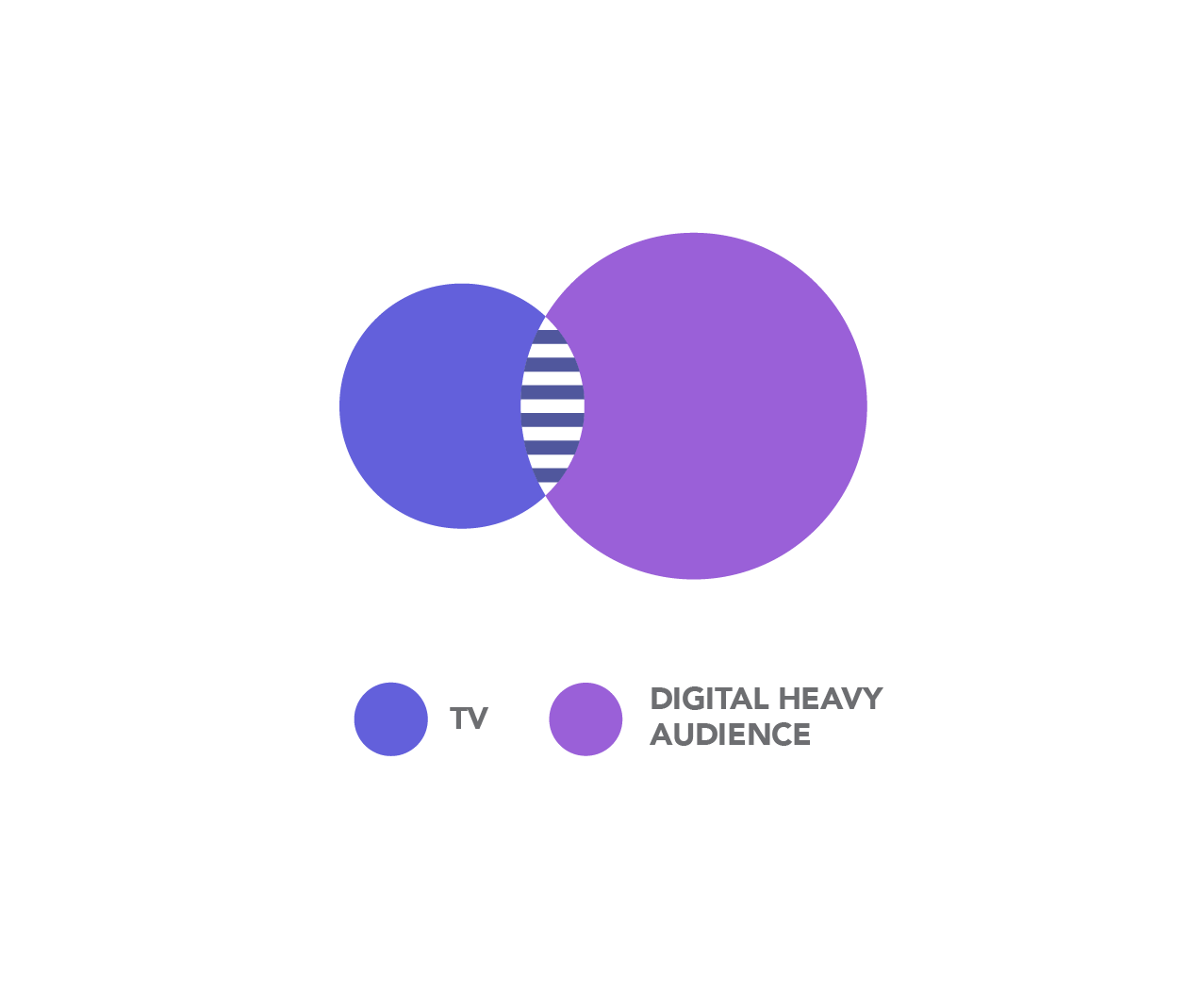
These are audiences who heavily consume digital content and rely on digital as their mainstream source of content.
They comprise of about 40% of the entire smartphone ecosystem whose main source of content would be OTT platforms and mobile apps. They heavily use digital payments such as Paytm, Google Pay, etc. and are active on social media.
Since mobiles are the personal medium for digital first audiences, the go-to medium for effectively engaging them is mobile. A study by Bain and Co. shows that digital payment users spend 2x higher than non-digital users. Zapr’s intelligence on digital first audience enables media planners to drive more media spends towards digital where the impact would be greatest for this segment.
(5) Language Segments
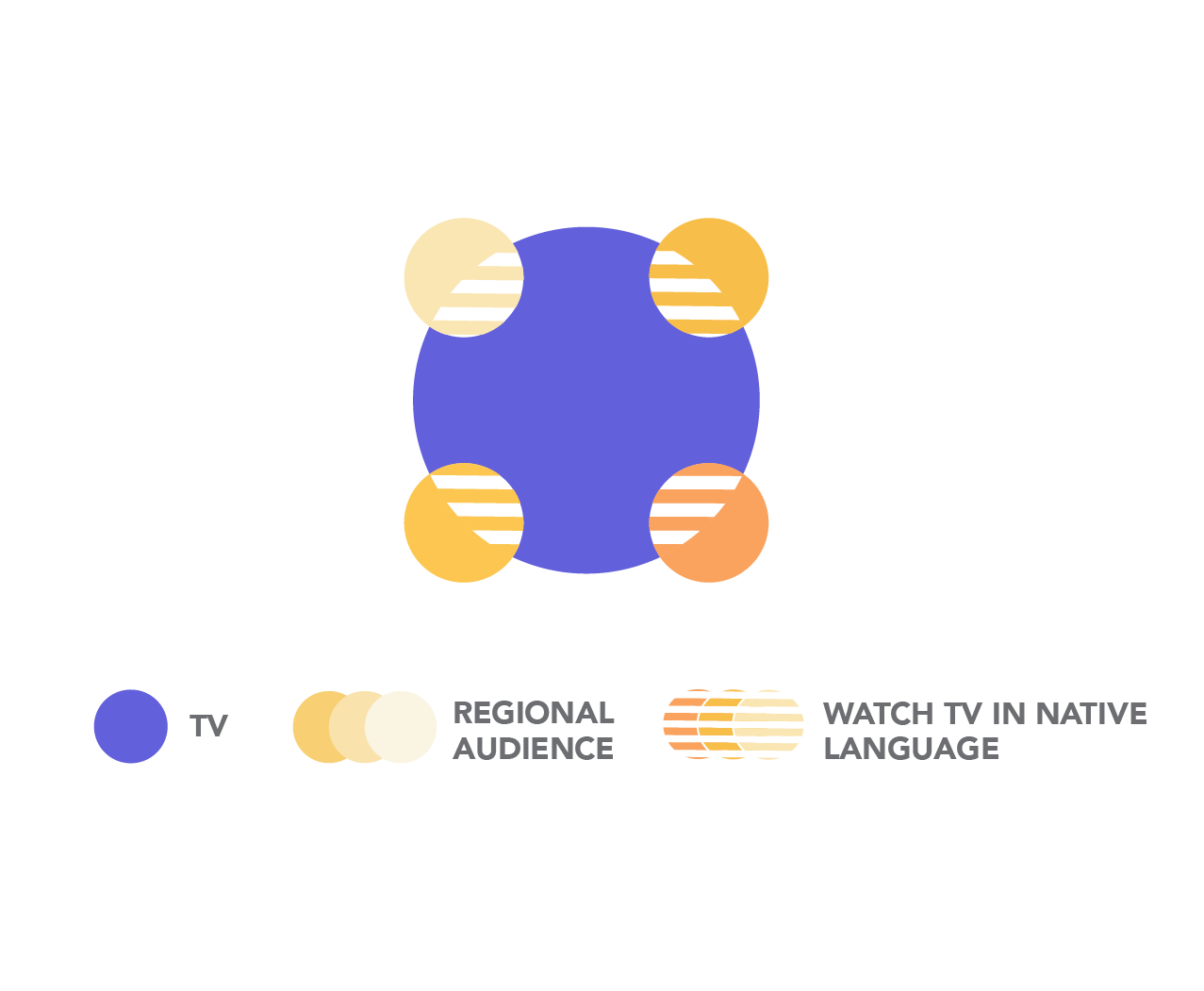
Today’s language segments are classified primarily by geographic scenarios. But what happens with different language communities who are not native to a specific geo?
Geographic filters are insufficient because they don’t take into account the language of media consumption for individual users. Given that 88% of Indian internet users are more likely to respond to a native language advertisement, it is very important for brands to connect with vernacular audiences in their native language.
The uniqueness of Zapr’s language segments rests on the fact that they are not created using geographic proxies. Here, we determine language audiences based on the actual media they consume. This means, we could reach a heavy Kannada content viewer living in the heart of Uttar Pradesh. And a single language segment could comprise of about 10 - 12 million individuals who can be easily engaged via DMP.
Brands can boost the impact of their digital campaigns by engaging with vernacular language segments effectively.
(6) Other key behavioural profiles
Since TV consumption is a strong indicator of interests and behaviours of audience, we have segments derived from TV consumption patterns such as time-slots, channel/show/movie viewership, and overlapping genre viewership. These are the segments where TV viewership is a very strong indicator and you can use these segments to sharpen your audience targeting beyond the usual demographic filters.
Demographic segments such as:
Working professionals are those who don’t tune into TV during work hours during weekdays, and consume TV significantly higher during weekends.
Surrogate Audiences are those exposed to TV campaigns of a closely related brand whose products may not be the same. For example, a premium detergent brand can digitally target TVC viewers of a premium dish-washing powder. This leverages association built by another sub-category/category to connect people to your brand. Zapr can profile any surrogate brand ad watcher for you to target on digital.
Rural Audiences are those who heavily watch FTA (Free to Air) channels. Digital planners can use this segment to reach rural consumers for products like tractor brands, smaller SKUs for FMCG brands, etc
Interest-based behavioural segments:
Sports lovers are those who heavily consume sports channels such as Star Sports, Ten Sports, etc. They can be further segmented in fans of specific sports such as TV or football, based on their viewership of broadcasted tournaments such as IPL or ISL or world cups.
Impact Properties are TV shows/events which have high viewership owing to the popularity of the genre such as reality shows, or big ticket events like IPL. Digitally targeting viewers of these properties leads to higher reach and impact, and can be a cost-effective substitute for TV advertising. For example, brands which cannot advertise on TV during IPL due to expensive spots, can instead reach them on digital.
Mass Content Consumers are genres like Hindi General Entertainment Category (GEC) and Hindi movies which reach large audience segments across different demographics and geographies. These filters are useful when digital planners want to massively increase brand awareness.
(These are just a few among the plethora of behavioural segments we can identify and target via DMPs. Download the Smart Segments e-book to find out about the rest.)
Smart Segments for Plug-n-Play on DMP!
Smart Segments are available on DMPs as always-on segments that can be used anytime for any digital campaign! Additionally, we upload custom segments created based on client requirements.
Always-on segments are popular profiles which are commonly required by most brands for their digital advertising. Custom segments, on the other hand, are specific to the kind of TG the brand wants to engage for a particular campaign.
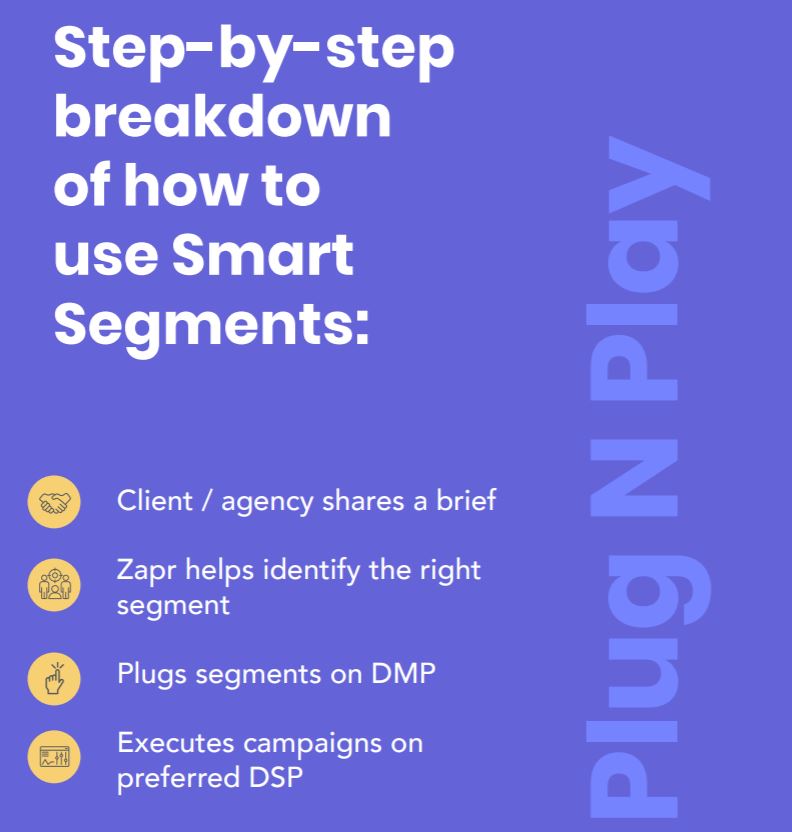
Now you can easily plug the reach gap of your TV campaigns and sharpen your existing digital campaigns. Download the e-book for in-depth understanding of each segment and how you can leverage them.
Get started with Smart Segments! Click the Get in touch button (right hand corner) to speak to our team about Smart Segments right away!


